History of Warkworth Castle and Hermitage
Warkworth Castle and Hermitage form one of the most unusual pairs of medieval monuments in Britain. The castle was probably laid out in its present form in about 1200 and was the favoured residence of the powerful Percy family from the 14th to the 17th centuries. As the Earls (and later Dukes) of Northumberland, they were among the greatest landowners in northern England. Nearby, on the banks of the river Coquet and accessible only by boat, are the remains of a chapel known as the hermitage, carved directly out of the cliff rock.
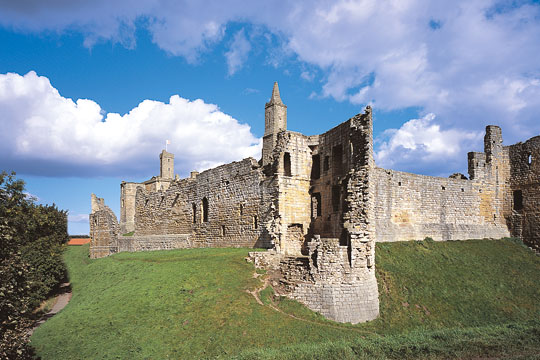
The Foundation of Warkworth Castle
The date and circumstances of the castle’s foundation remain unclear. There was probably a residence belonging to the Anglo-Saxon Earls of Northumbria at Warkworth before the Norman Conquest of 1066.[1]
Henry, son of David I, King of Scotland, has conventionally been credited with raising the motte and bailey (an artificial mound surrounded by a fortified enclosure) and the first stone buildings at Warkworth, after he became Earl of Northumberland in 1139. The first written record of Warkworth Castle, however, occurs in a charter of between 1157 and 1164, in which Henry II granted the castle and manor of Warkworth to Roger fitz Eustace.[2]
The castle may have been built in the 1150s to consolidate Henry II’s repossession of Northumberland in 1157, an action that led to the building of similar motte-and-bailey castles nearby, such as Harbottle. Alternatively, the charter may have simply dignified the ancient residence at the centre of the manor of Warkworth with the title of a ‘castle’.
The Early Development of the Castle
Roger fitz Eustace’s son, Robert fitz Roger, was almost certainly responsible for the present castle at Warkworth between 1199 and 1214. Many features visible today can be associated with this period, including the gatehouse, Carrickfergus Tower, postern gate and east curtain wall, and possibly the spur walls rising up the motte. These last suggest that the present great tower replaced an earlier stone structure.
From the late 13th century castles such as Warkworth began to play an increasingly important role in the long-running war between England and Scotland. As a result, royal funds were directed towards the construction and maintenance of private fortresses.[3] In 1323 the king ordered the defences of the castle to be prepared, and in 1327 it was besieged by the Scots.[4]
The Rise and Rebellion of the Percys
In 1332 the castle passed to Henry Percy, 2nd Lord Percy, who had been granted it by Edward III.[5] At that time the Percy family was emerging as one of the most important in the north of England. The castle and barony of Alnwick remained the Percys’ chief holding in Northumberland throughout the Middle Ages, but Warkworth Castle was their favoured residence until the 17th century.
Neither the 2nd nor the 3rd Lord Percy appears to have undertaken much work to the castle, but Henry Percy (1341–1408), 1st Earl of Northumberland, transformed it.[6] He was the first great landowner in the North to acquire a noble title, and he almost certainly celebrated this by building the great tower. It is also likely that he established the hermitage at Warkworth.
The 1st Earl played an active role in deposing Richard II in 1399, but he and his eldest son, known as Harry Hotspur (1364–1403), soon quarrelled with Henry IV, the king they had put on the throne in Richard’s place. Hotspur was killed at the Battle of Shrewsbury in 1403. After the earl joined an unsuccessful conspiracy in 1405, Henry IV marched north and laid siege to Warkworth with cannon, forcing its quick surrender.[7]
The Wars of the Roses
With the Percys disgraced, the family’s lands passed to the Crown. But Henry V restored the son of Harry Hotspur, another Henry Percy (1393–1455), to the family inheritance and earldom in 1416. The 2nd Earl is known to have undertaken building work at the castle, although it is not now clear what this was.[8]
In the Wars of the Roses the 2nd and 3rd Earls supported the Lancastrian cause of Henry VI but were killed at the Battles of St Albans (1455) and Towton (1461) respectively. Warkworth was then occupied as the Yorkist headquarters. From there the Earl of Warwick, leader of the Yorkist forces, supervised the sieges of Alnwick, Bamburgh and Dunstanburgh castles, which remained centres of Lancastrian resistance.
In 1470–71 Edward IV restored the eldest son of the 3rd Earl to his inheritance and title. The heraldic decoration on the Lion Tower shows that after his marriage, in 1472, the 4th Earl, Henry (c 1449–1489), began the complete remodelling of the bailey.[9] He also planned a new collegiate church in the castle, but this was abandoned after he was murdered in 1489.
The Later Percys
The 6th Earl, also Henry Percy (c 1502–1537), undertook several documented repairs, including the reconstruction of the wall between the gatehouse and the Montagu Tower in 1534, and the clearance of the incomplete church.[10] As he had no heirs, the castle again passed to the Crown, but by 1550 it was described as rapidly falling into decay for want of basic maintenance.[11]
That decay was arrested when the 6th Earl’s nephew, Thomas Percy (c 1528–1572), was given control of the family estates and restored to the title in 1557. A survey of 1567 provides the most detailed account of the medieval buildings, and may have been carried out to help plan a substantial reordering of the castle.[12]
Before the work could be completed, the 7th Earl was involved in the unsuccessful Rising of the North (1569) that sought to re-establish Roman Catholicism in England. He was later executed in York, while Sir John Forster, Warden of the March (the border region between England and Scotland), took advantage of his office to pillage the castle.
A survey and inventory conducted in 1574, after Elizabeth I had returned Warkworth to the Percys, shows that parts of the castle were by then ruinous.[13] What repair was undertaken is not clear, but when the 9th Earl, Henry Percy (1564–1632), came into possession of Warkworth in 1585, some rooms were clearly habitable.[14]
The 9th Earl was later arrested and imprisoned owing to his links to one of the conspirators in the Gunpowder Plot of 1605. The castle was then leased to Sir Ralph Gray, who let the buildings deteriorate further.
In 1648, during the Civil War, Parliamentarian forces installed a garrison, and when the soldiers withdrew they removed doors and iron so that the castle could not be held in war. Possibly they reduced the bailey to its present condition.
The Revival of Warkworth
In about 1752 the wall between the Montagu Tower and the gatehouse was demolished and the stone used to build cottages. But despite its ruinous state the castle, together with the hermitage, became an attraction for tourists. Interest increased with the publication of Bishop Percy’s popular poem, The Hermit of Warkworth (1771).
The Percys began again to take an active interest in the property. The demolished castle wall was rebuilt, probably in the late 18th century, and clearance of the site began, with substantial excavations in the 1850s and 1890s.[15] The 4th Duke of Northumberland, Algernon Percy (1792–1865), employed the renowned architect Anthony Salvin to restore the great tower.
The intention was apparently to restore the whole tower, but the work done between 1853 and 1858 was limited. External stone was replaced where necessary, and two upper chambers, known as the Duke’s Rooms, were given new floors and roofs. The Duke’s Rooms were maintained for the use of the Duke and Duchess of Northumberland, who would bring guests from Alnwick Castle for picnics in the summer.
In 1915 the castle was declared a scheduled ancient monument, and in 1922 was taken into state guardianship. The Duke’s Rooms, however, remained under the control of the Percy family until 1987.
About the author
John Goodall is architectural editor of Country Life and author of The English Castle (2011) and several English Heritage guidebooks, including the Red Guide to Warkworth Castle and Hermitage.
Footnotes
1. For early references to Warkworth see JC Hodgson, A History of Northumberland, vol 5 (Newcastle upon Tyne, 1899), 18–19 (accessed 13 Dec 2012).
2. A transcription of the charter can be found in Hodgson, op cit, 21.
3. J Goodall, The English Castle (New Haven and London, 2011), 239–48.
4. W Stubbs (ed), Chronicles of the Reigns of Edward I and Edward II, Rolls Series, 76/2 (London, 1882–3), 97.
5. Calendar of Patent Rolls of Edward III, vol 1: 1327–30 (London, 1891), 243 (accessed 13 Dec 2012).
6. Henry Percy (1341–1408) was the 1st Earl of Northumberland of the second creation.
7. H Nicolas (ed), Proceedings and Ordinances of the Privy Council of England, vol 1 (London, 1834), 275–6 (accessed 13 Dec 2012).
8. In 1442 money was diverted towards ‘works in the castle’: Hodgson, op cit, 46.
9. The heraldry of the Lion Tower incorporates a portcullis or bascule bridge, a heraldic device used by the Herberts of Raglan, the family of the 4th Earl’s wife.
10. Alnwick Castle MSS. A transcription appears in Hodgson, op cit, 56.
11. British Library, MS Cotton Titus, fol 13; cited in Hodgson, op cit, 60.
12. Alnwick Castle MSS. A transcription appears in Hodgson, op cit, 61.
13. The 1574 description and annotated inventory was noted and partially transcribed by Hodgson, op cit, 64–5.
14. Ibid.
15. Little is known about the history of archaeology on the site. The castle was probably cleared by Salvin during his work of 1853–8 and is shown in much its present state in the engravings published by CH Hartshorne in Feudal and Military Antiquities of Northumberland and the Scottish Borders (London, 1858) (accessed 13 Dec 2012). Similarly, the excavations in 1898 are poorly understood. See B Harbottle, ‘An excavation at Warkworth Castle, Northumberland, 1966’, Archaeologia Aeliana, 5th series, 45 (1991),107.
Find out more about Warkworth
-
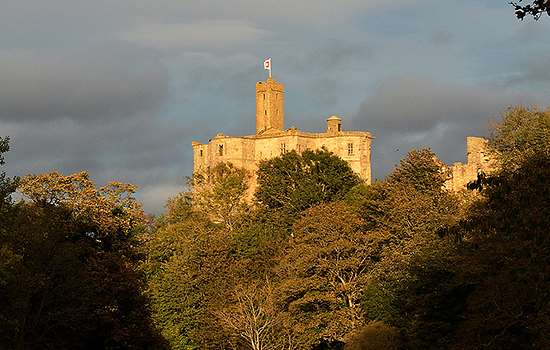
Visit Warkworth Castle
One of the most formidable castles in northern England,
-
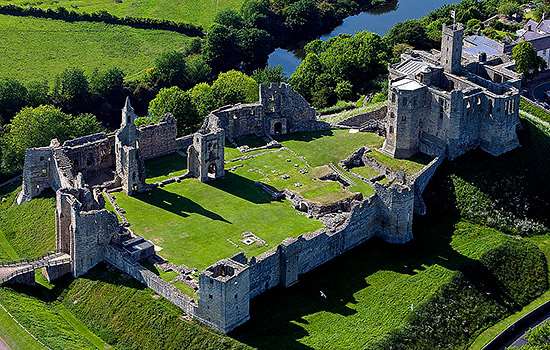
Description of Warkworth Castle and Hermitage
Occupying a naturally fortified site in a loop of the Coquet, the castle developed around two main elements – a high artificial mound and a fortified enclosure or bailey.
-
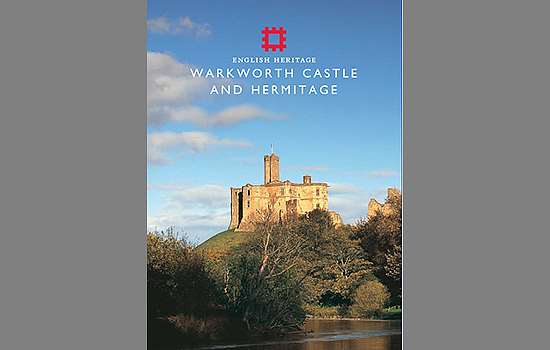
Buy the guidebook
Richly illustrated with photos, drawings and historic images, this guidebook includes a tour of the castle and hermitage and a full history of the site.
-
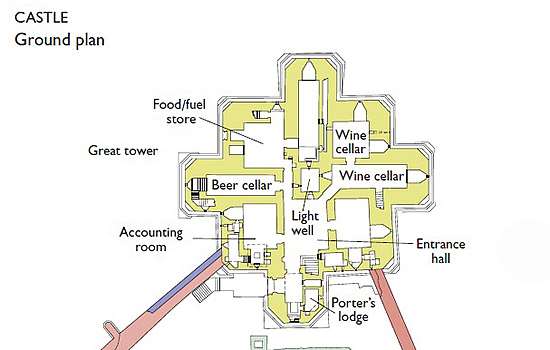
Download a plan
Download this pdf plan of Warkworth Castle to see how the castle has developed over time. Includes a three-dimensional view of the great tower.
-
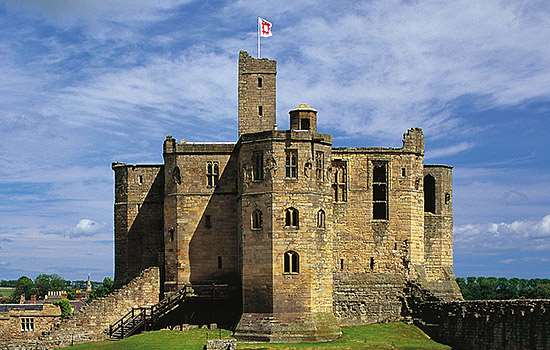
Why Warkworth Castle matters
Warkworth Castle’s importance lies in its role as chief residence of the powerful Percy family, as well as the architectural quality of its 14th-century great tower.
-
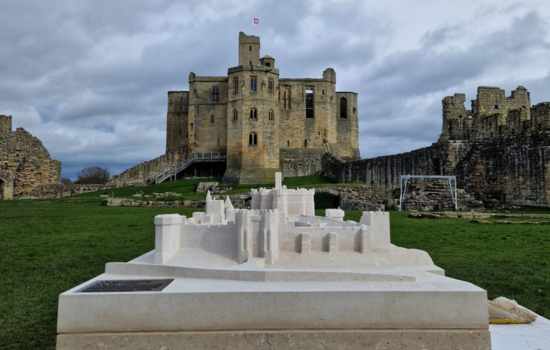
Ancient Techniques, Modern Designs
Learn how English Heritage has created two new models of Warkworth Castle to help visitors understand this complex medieval site.
-
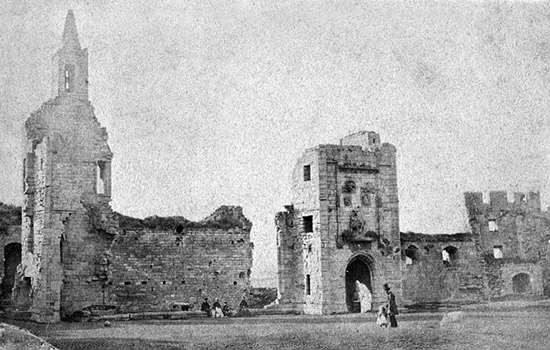
Research on Warkworth Castle and Hermitage
Though much work has been done on the great tower, there remains plenty of scope for further study of the other castle buildings, the hermitage and the castle surroundings.
-
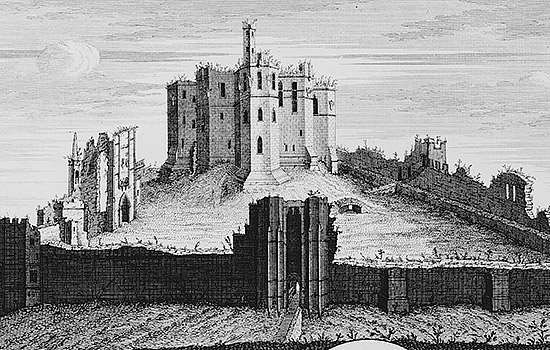
Sources for Warkworth Castle and Hermitage
A summary of the main primary and secondary sources for our knowledge and understanding of Warkworth Castle and Hermitage.